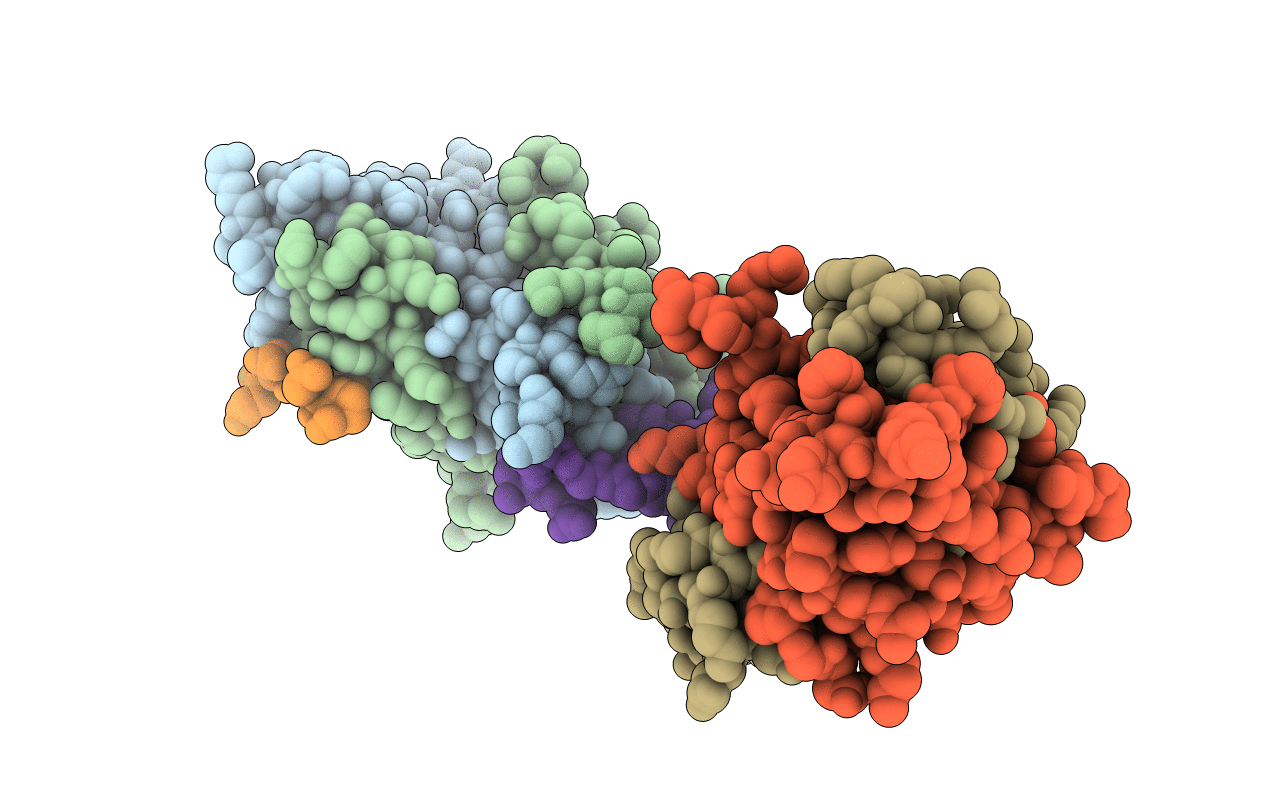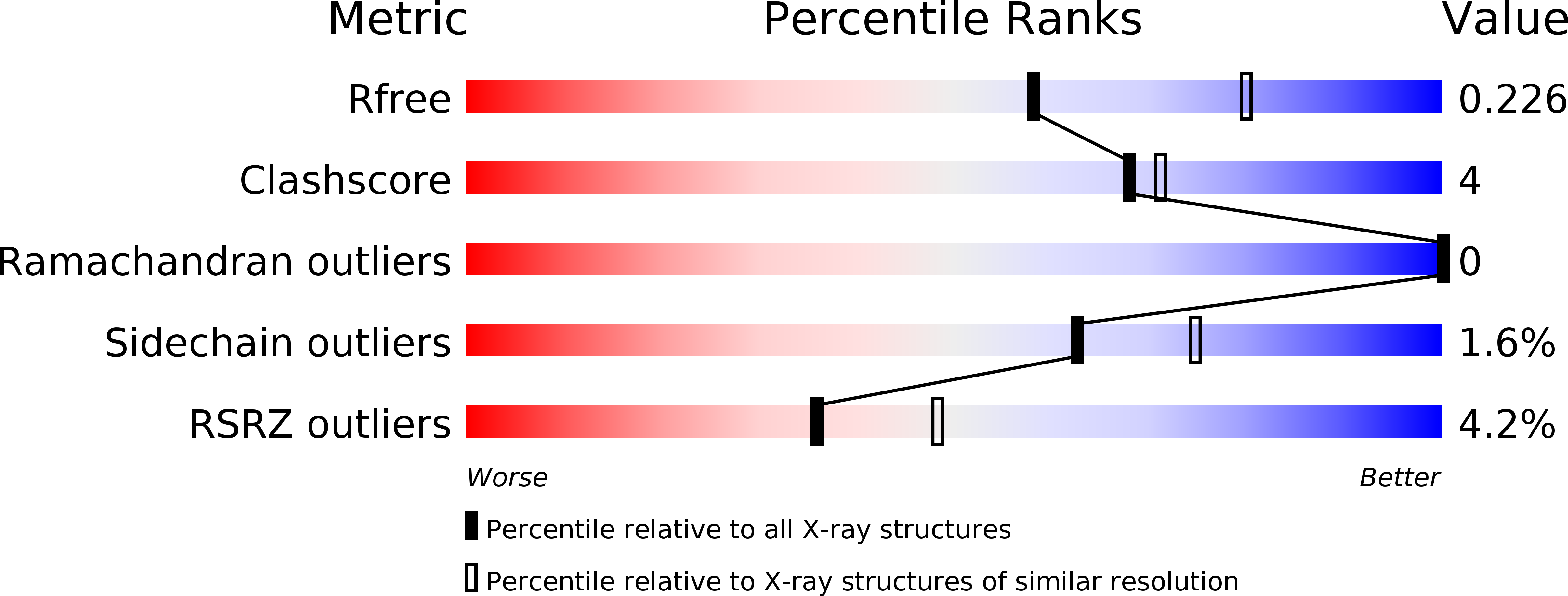
Deposition Date
2019-06-24
Release Date
2020-01-29
Last Version Date
2023-11-22
Entry Detail
PDB ID:
6KBB
Keywords:
Title:
Role of the DEF/Y motif of Swc5 in histone H2A.Z deposition
Biological Source:
Source Organism:
Homo sapiens (Taxon ID: 9606)
Saccharomyces cerevisiae (strain ATCC 204508 / S288c) (Taxon ID: 559292)
Saccharomyces cerevisiae (strain ATCC 204508 / S288c) (Taxon ID: 559292)
Host Organism:
Method Details:
Experimental Method:
Resolution:
2.37 Å
R-Value Free:
0.22
R-Value Work:
0.18
R-Value Observed:
0.18
Space Group:
C 1 2 1


